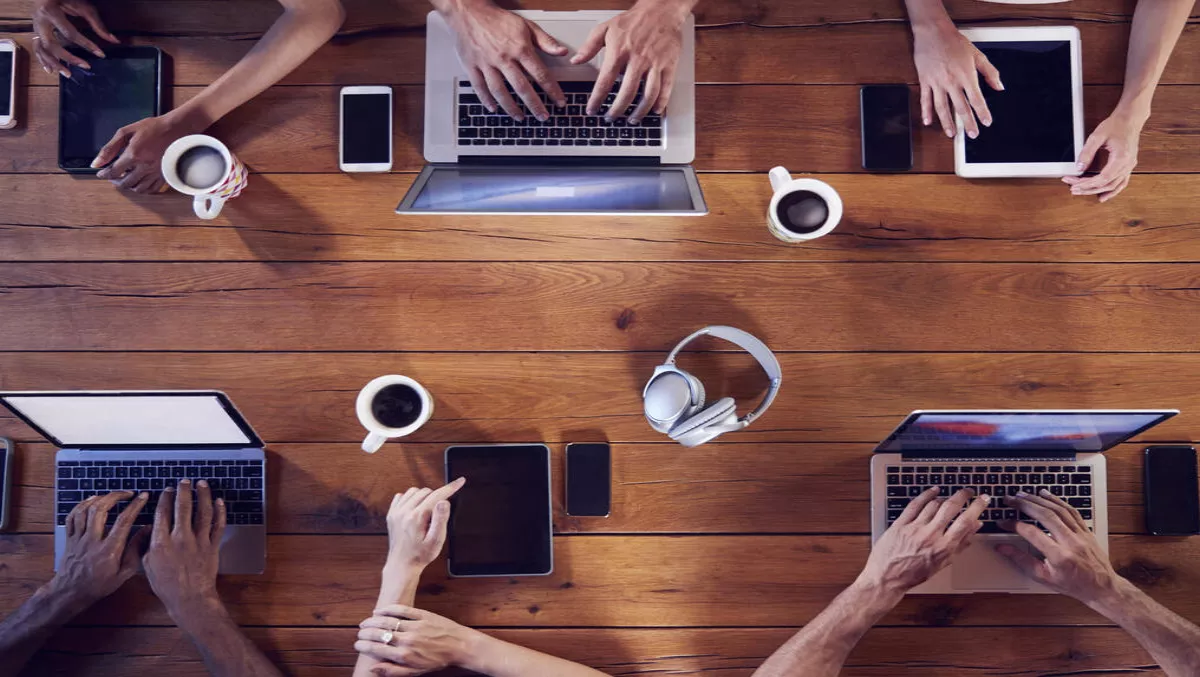
Millennials: How they drive a workforce with their heads in the cloud
By 2020, there will be more millennials in the Australian workforce than any other generation.
There's no denying, millennials are shaking up the world of work as we know it.
Ten years ago, no one would have considered activity-based working as the norm, along with instant voice and video communication with colleagues from half way across the city or the world.
As evolving end-user experiences drive the need for faster and smarter organisations, digital natives are making it clear that integrating the latest technologies into the workplace is now expected.
A global survey by IDC found that by the end of 2017, 60% of the top 1000 enterprises in the Asia-Pacific region will make digital transformation the centre of their corporate strategy. Much of this is going to be focused on attracting, training, retaining and getting the best from your workforce.
The rise of millennials indicates the need for more mobile-savvy engagement as app-centric work environments become the norm for today's employees.
Connect and conquer
Real-time communication and actionable insights will define the millennial workforce. They want to do a lot in as little time as possible, demanding two-way feedback, and the ability to instantly connect, engage, and collaborate. Fast, smart and secure applications are needed to make this communication instantaneous.
The C-suite will need to grasp this opportunity and build a new digital workplace, or risk getting shunned by the best millennial talent.
When managing and motivating millennials, the more devices the better. Millennials are dedicated to producing maximum output with the least amount of input and are constantly engaging with multiple devices to achieve this.
Whether it is their smartphone, tablet, smartwatch or PC, they embrace the blurred lines between personal life and professional work, as devices become multi-purpose.
Millennials will be the first generation to actively engage with virtual reality (VR) and future technologies based on the internet of things (IOT) in a manner which truly blurs the boundaries of current thinking.
This rise in mobility presents both a risk and growth opportunity. Placing apps at the heart of organisations can put extreme pressure on IT departments. While Bring Your Own Device (BYOD) trends have driven productivity and data accessibility forward in leaps and bounds, they have also impacted IT management and security in the opposite way.
A seamless working experience tends to motivate millennials further, therefore security processes across all applications and devices need to be re-designed to ensure that security scans or breaches do not break workplace momentum.
Collaboration in the cloud
An organisation's strength is built on the cumulative knowledge of its people. Millennials consume large amounts of information quickly and then thrive on sharing that knowledge.
By providing millennial employees with the right tools to collaborate, and access information quickly and easily, organisations can add more value for their clients through more engaged, productive and mobile teams.
Implementing efficient collaboration processes can be as simple as every department creating their own online community using applications like Google Drive and Dropbox to share insights and support mutual success.
Millennials are no longer the leaders of tomorrow, rather increasingly, they are the leaders of today.
Their views on how organisations should conduct themselves, are intertwined with their own values and continued interaction with technology. Therefore, it makes good business sense for organisations to empower millennial employees, to work at any time, in any place, on any device.
Ultimately increasing productivity, widening the talent pool, and contributing to higher levels of employee satisfaction.

